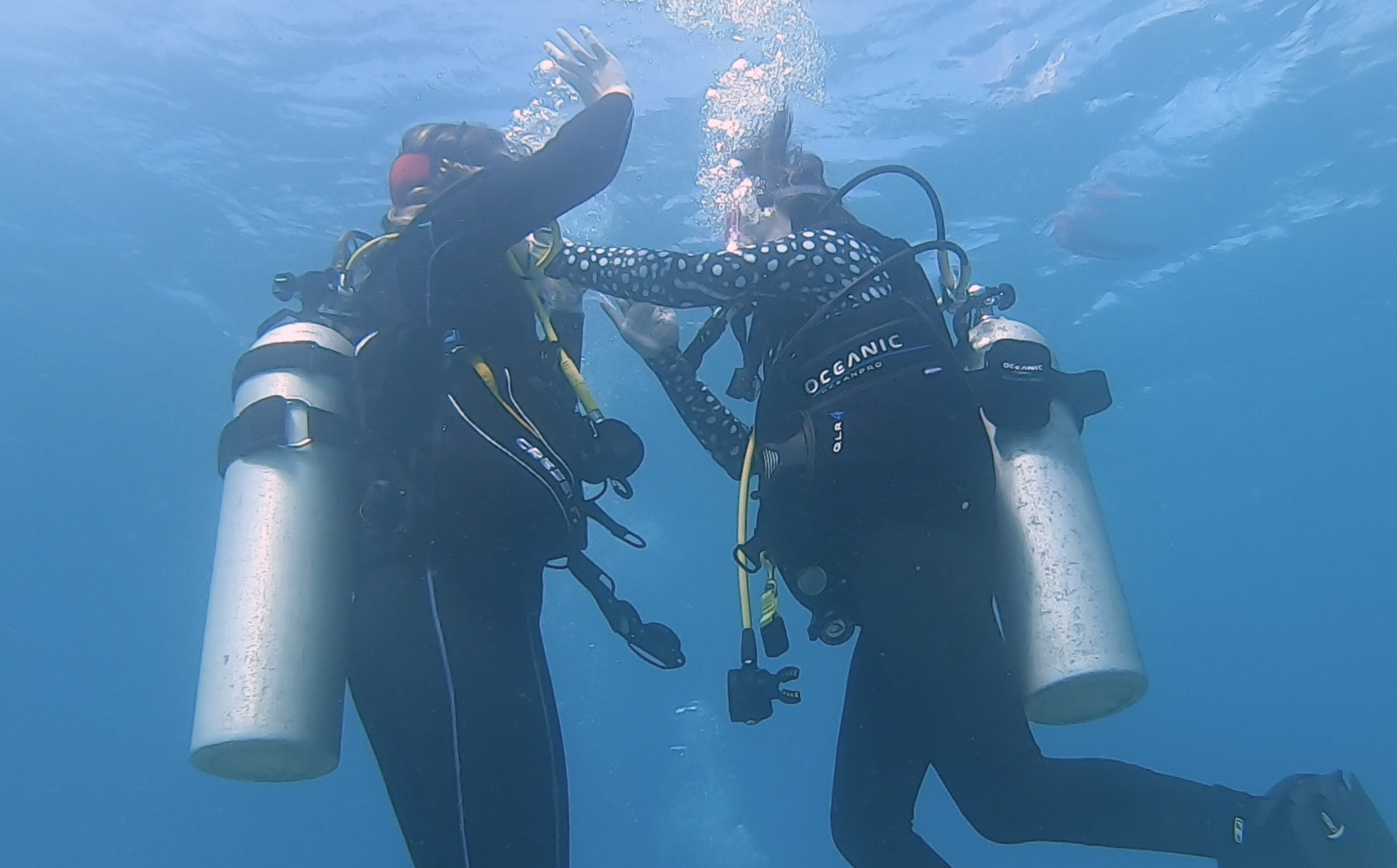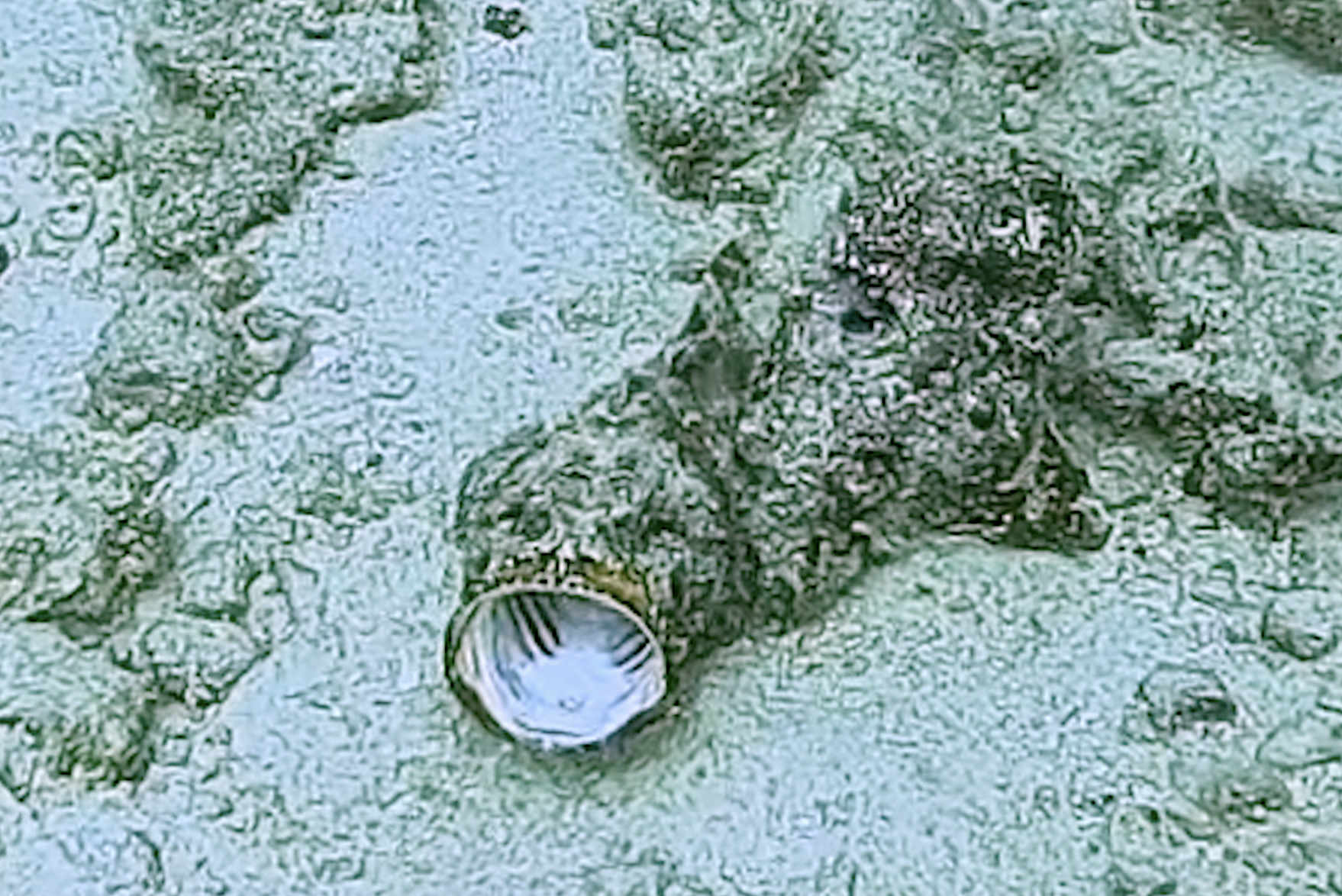MY RESCUE DIVING COURSE: E-LEARNING WITH HAWAII ECO DIVERS

The Most Important Things I Learned from my Online Rescue Diving Course
Hawaii Eco Divers has assured two things in my rescue diving course: The most common cause of diver emergency is poor judgment and the most important thing about being a rescue diver is to not become a victim yourself.
 There are many signs to emergencies. The ones rescue divers look out for are:
There are many signs to emergencies. The ones rescue divers look out for are:
- Giving distressed signals
- Struggling above or below the surface
- High treading
- Rejecting equipment
- Clinging or clambering
- Unresponsiveness
Oftentimes during emergencies, or when stressed, perceptual narrowing, a decrease in broad awareness through close focus on a perceived threat or solution to that threat, occurs. That’s why engaging in solution based thinking solves problems faster.
There are four steps to solving problems in solution based thinking:
- Problem Recognition
- Plan of Action Formulated
- Plan Successfully Implemented
- Problem Minimized or Eliminated
The padi e-learning also provided essential information on some of the most common problems, tired divers, panicked divers, temperature related emergencies and marine first aid.
During a tired rescue emergency:
- Tell them to, or just inflate their BCD
- You can help the diver stretch a cramp out by bracing the fin on the affected leg, providing something to push and stretch against.
- Tow them back to the boat. Ideally, use a tow that keeps the victim’s face above the surface, with both of you positively buoyant, swimming horizontally for minimum drag and easy kicking all the way to the boat.
During a panicked diver rescue:
- Grasp the tank valve and lock your legs onto the tank in the knee cradle position, which prevents a struggling victim from being able to reach you.
- Inflate the victim’s BCD.
- If possible, release the diver’s weights; this may be necessary anyway if the BCD inflator doesn’t work, or if you’re not sure the BCD will provide enough lift
- If you get into a panicked diver’s grasp, you need to get to safety, go underwater, get behind them and tow them back to safety
How to do marine injury first aid:
Apply Pressure Immobilization to
- Sea Snake Bites
- Cone Shells
- Blue Ringed Octopus injuries
- Sea Wasp Stings (boxed jellyfish)
Apple Hot Water to:
- Stonefish/Scorpionfish

- Stingrays
- Fish Spines
Apply Vinegar, Ointment and Ice to:
- Jellyfish Stings
You need Anti-Venom for:
- Sea Snakes
- Sea Wasps
- Stonefish
Temperature Related Problems
There are three major temperature related injuries a rescue diver can encounter: Hypothermia, Heat Exhaustion and Heat Stroke
Heat exhaustion occurs when the body’s ability to cool becomes taxed. Symptoms and signs include profuse sweating, nausea, dizziness, weakness and faintness. The body temperature will be near normal, with cool clammy skin. In this case, hydrate the patient and try to cool them down.
Heat stroke is a far more serious condition, and occurs when rising temperatures exceed the body’s cooling mechanisms. These mechanisms fail, and the core temperature begins to rise, which like a high fever, can destroy tissue and cause permanent disability. Symptoms include hot, dry flushed skin. The patient is hot to the touch and does not perspire. In this case, remove tight clothing, like a wetsuit and cover the body with cool wet towels. Get the patient to a hospital immediately.
Hypothermia occurs when the body cannot maintain its internal temperature and begins to cool. It usually results from diving in cool water, but can occur from failing to wear adequate protection before or after a dive in cold climates. Signs and symptoms begin with shivering, numbness and blueness in fingers, lips and toes (may be difficult to see underwater). Shivering is the body’s attempt to generate heat by muscle contraction and internal friction. Numbness and blueness result from the body reducing blood flow to the extremities, which radiate too much heat. In this case remove all cold, wet clothing, cover with warm towels or blankets and try to heat up the patient slowly.
The e-learning of the rescue diving course was challenging, but I learned so much!
- Divemaster Candidate Laura
